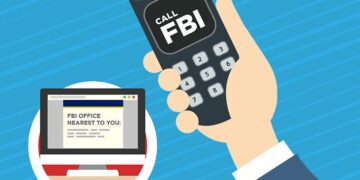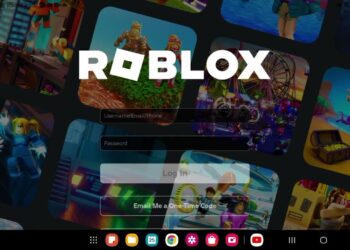How Small Businesses Can Leverage Digital Marketing
In today’s rapidly changing business landscape, digital marketing
has become one of the most effective tools for small businesses looking to grow and compete.
With ever-evolving technology, shifting customer expectations, and increasing competition, smaller enterprises must become savvy in how they reach, engage, and retain their audiences online.
Understand Your Audience and Craft the Message
Growth begins by knowing who your customers are: their demographics, interests, pain‐points, and where they spend time online.
Use analytics tools (even free ones) to track visitors, behaviours, and conversion paths.
Once you know your audience, tailor your message accordingly—for example, a young urban shopper will respond differently than a local retiree.
By speaking to specific needs and aspirations, you build relevance and trust.
Choose the Right Channels & Be Consistent
Digital marketing is no longer just “post on Facebook”. Today the channels are many: social media, search engine ads, email marketing, content marketing, even messenger apps.
But the key is not to try everything at once. Pick 2–3 channels where your target audience is active, and become consistent in those.
For example, a local café might focus on Instagram and WhatsApp broadcasts; an online craft-business might combine Pinterest, blog posts, and email newsletters. Consistency—regular posting, clear brand voice, timely responses—goes a long way in building recognition.
Content is King—But Relevance Rules
High-quality content remains central. But for small businesses, “high quality” doesn’t mean overly polished; it means relevant, helpful, and timely.
Write blog posts or short videos addressing your customers’ questions: “How to care for your handmade product”, or “What you should know before purchasing”. Give away value first.
This helps in two ways: it builds your reputation (you become the “go-to” business) and it improves search-visibility (people finding your content may convert to customers).
In 2025, moving beyond simple ads to providing genuine value is what separates growing businesses from the rest.
Use Data & Automate Where Possible
Even small businesses can benefit from basic automation: schedule posts ahead, use auto-responders for first-time inquiries, tag customers by behaviour (buying vs browsing) and tailor messages accordingly. Use the data you already have―track what ads got clicks, what posts got engagement, what time your audience is online—and refine. Over time, these incremental improvements compound. The more you learn, the smarter your investment becomes.
Build for Relationship, Not Just Transaction
The business that survives is the one whose customers come back. Digital marketing should not end at the sale. Use follow-up emails, loyalty offers, social proof (customer reviews), and community building (for example, a private social group or newsletter) to keep your brand alive in the mind of the customer. Repeat business costs less than new business and often yields better value.
Stay Agile and Far-Sighted
Finally, the digital marketing landscape itself evolves. Algorithms change, new formats (e.g., short-form video, live streams) keep emerging, and customer behaviour shifts (mobile commerce, voice search, social commerce). Small businesses must stay agile: test new things, monitor what works, and drop what doesn’t—without losing sight of the core value proposition of the business. Planning for the next 12-18 months (not just month-to-month) gives you a head start.
By combining good strategy (knowing your audience), tactical execution (right channels + useful content), and operational habits (data, automation, customer relationships), small businesses can truly harness digital marketing to grow in 2025. With the right mindset and effort, competing with larger players becomes not just possible—but sustainable. You can read more here.











































